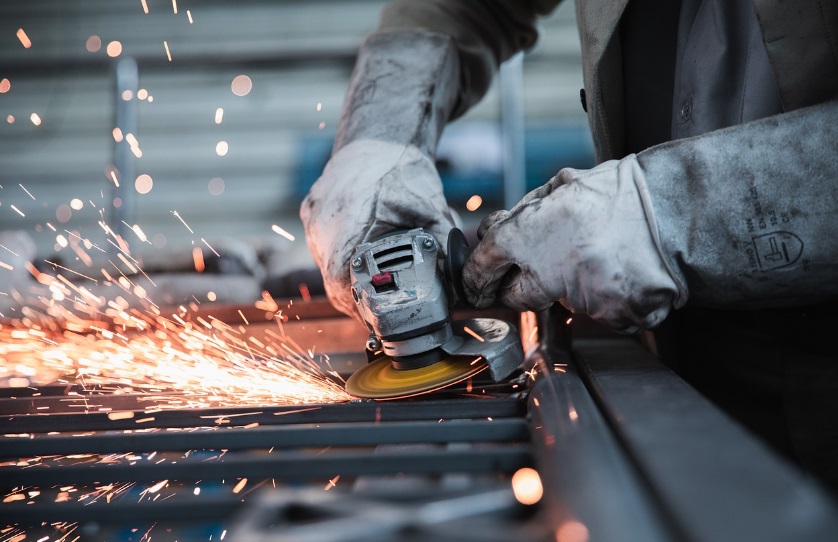
(Photo : Pixabay)
Representational Image
Business activities in India rose in October, with the country's Purchasing Managers' Index rising to 58.6 in October, up from 58.3 in September, an economy tracker showed.
According to the HSBC Flash India PMI report compiled by S&P Global, this rise in the index was driven by a quicker upturn in new work intakes which encouraged companies to scale up business activity and recruit additional workers.
Indian Business Activity Grows
The report added that the uptick in growth momentum was accompanied by an intensification of price pressures.
The acceleration in growth was supported by quicker increases in factory production and services activity.
"India's flash manufacturing PMI indicated that the manufacturing industry regained growth momentum in October. Several components accelerated after a modest slowdown over the past two to three months," said Pranjul Bhandari, Chief India Economist at HSBC.
According to S&P Global, any PMI reading above 50 signals expansion of business activities, while any reading below 50 indicates contraction.
The report added that the headline figure of 58.6 in September outpaced its long-run average of 54.7.
"New orders and new export orders expanded at faster rates, providing a good omen for industrial production for the remaining months of 2024," added Bhandari.
Sharp Rise in New Order Intakes
According to the report, businesses operating in India indicated a sharp increase in new order intakes during October, an expansion which was mostly linked to positive demand trends.
S&P Global added that the rise in total new orders was also fuelled by an improvement in international demand for Indian goods and services. Rates of expansion in export sales accelerated at manufacturing firms and their service counterparts.
Hiring activity was more pronounced in the service economy in October, and the latest increase in employment was sharp and the quickest in 18-and-a-half years.
"Manufacturers' profit margins are still under pressure as input price inflation continued to pick up pace. Manufacturers are trying to pass on higher costs to downstream consumers by raising output prices," concluded Bhandari.









